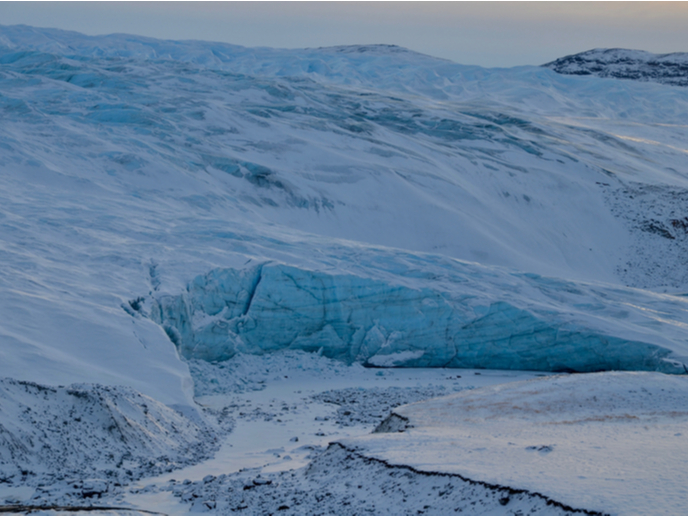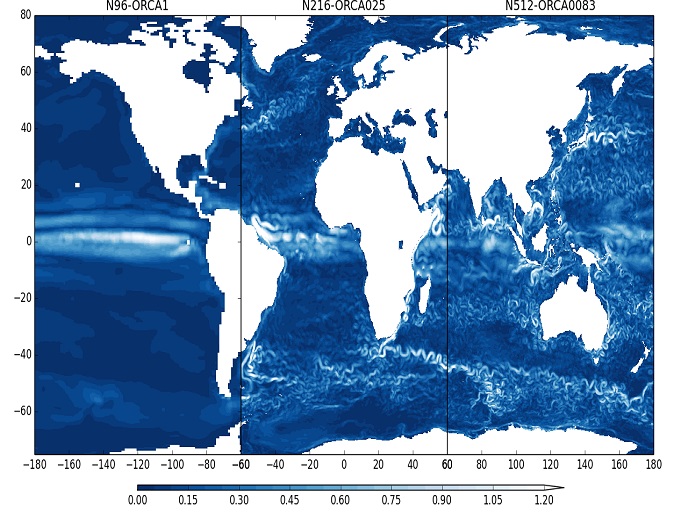Simulating the Universe
The continuous increase in the speed and memory of computers has allowed astrophysicists to perform ever-more detailed simulations of complex astronomical phenomena. Such computer simulations have been invaluable for constraining the various parameters of theoretical models and gaining unprecedented insight into the evolution of our Universe. With EU funding, the 'Pan-European training in computational cosmology: Modelling cosmic structures' (COSMOCOMP)(opens in new window) initiative brought together leading centres in the field of computational cosmology. This Initial Training Network (ITN) enabled 8 PhD students and 24 postdoctoral researchers to work collaboratively to provide new perspectives on the observable Universe. To account for the observable Universe, the cosmological simulations carried out by COSMOCOMP fellows draw from many disciplines, including hydrodynamics and microphysics of baryonic matter. It is computationally demanding to incorporate all different elements into comprehensive cosmological models. Network partners therefore attained privileged access to world-class supercomputer resources. Together with the Virgo consortium(opens in new window), COSMOCOMP fellows completed the largest cosmological N-body simulation ever performed. This calculation solved gravitational interactions between 303 billion particles in a cosmological box of side 4 286 megaparsecs. This Millennium-XXL simulation resulted in predictions for the mass distribution in the Universe on large and small scales. COSMOCOMP researchers have also developed new software codes for hydrodynamic simulations of the physics of galaxy formation. In the moving mesh code AREPO and smooth particle hydrodynamics code GADGET, they carefully manipulated the conditions in the Universe to study the evolution of galaxies over the past 13 billion years. Among the many and exciting results of the COSMOCOMP ITN is the long-sought prediction of dark matter theories. Gamma rays emanating from the annihilation of dark matter particles were detected for the first time. Through a programme of themed workshops, the fellows had the opportunity to share results and collectively examine the theoretical framework underpinning their simulations. COSMOCOMP explored the implications of its research in engagement with the wider scientific community, particularly at international conferences.







